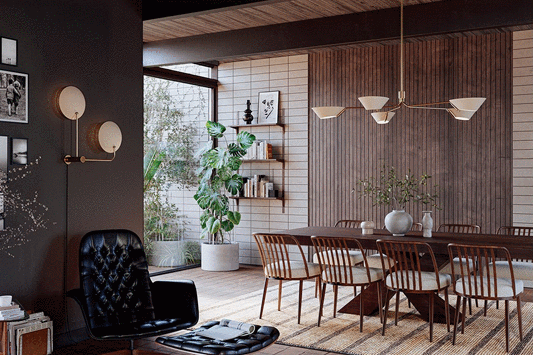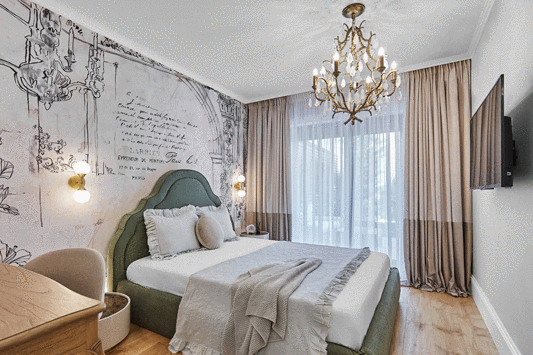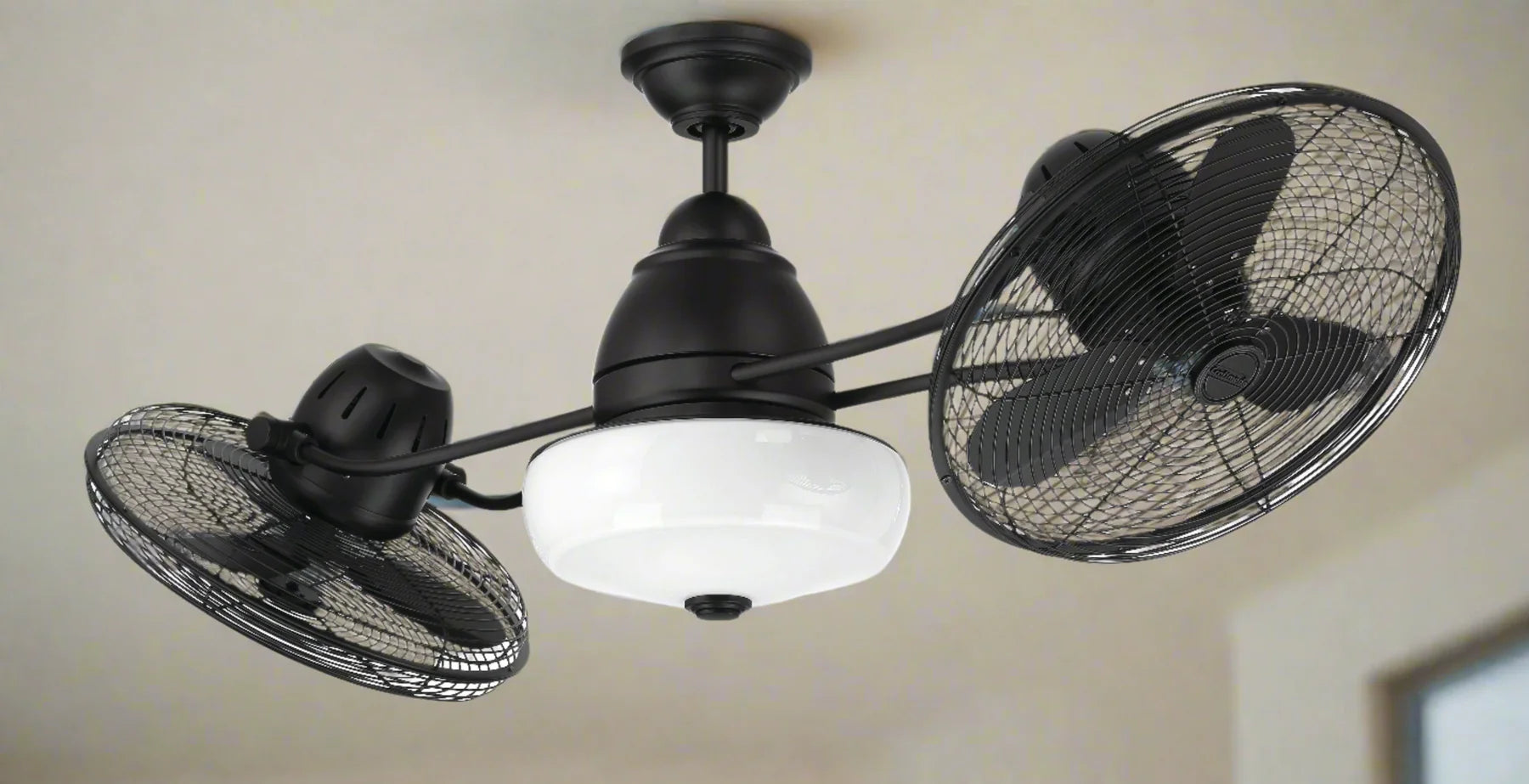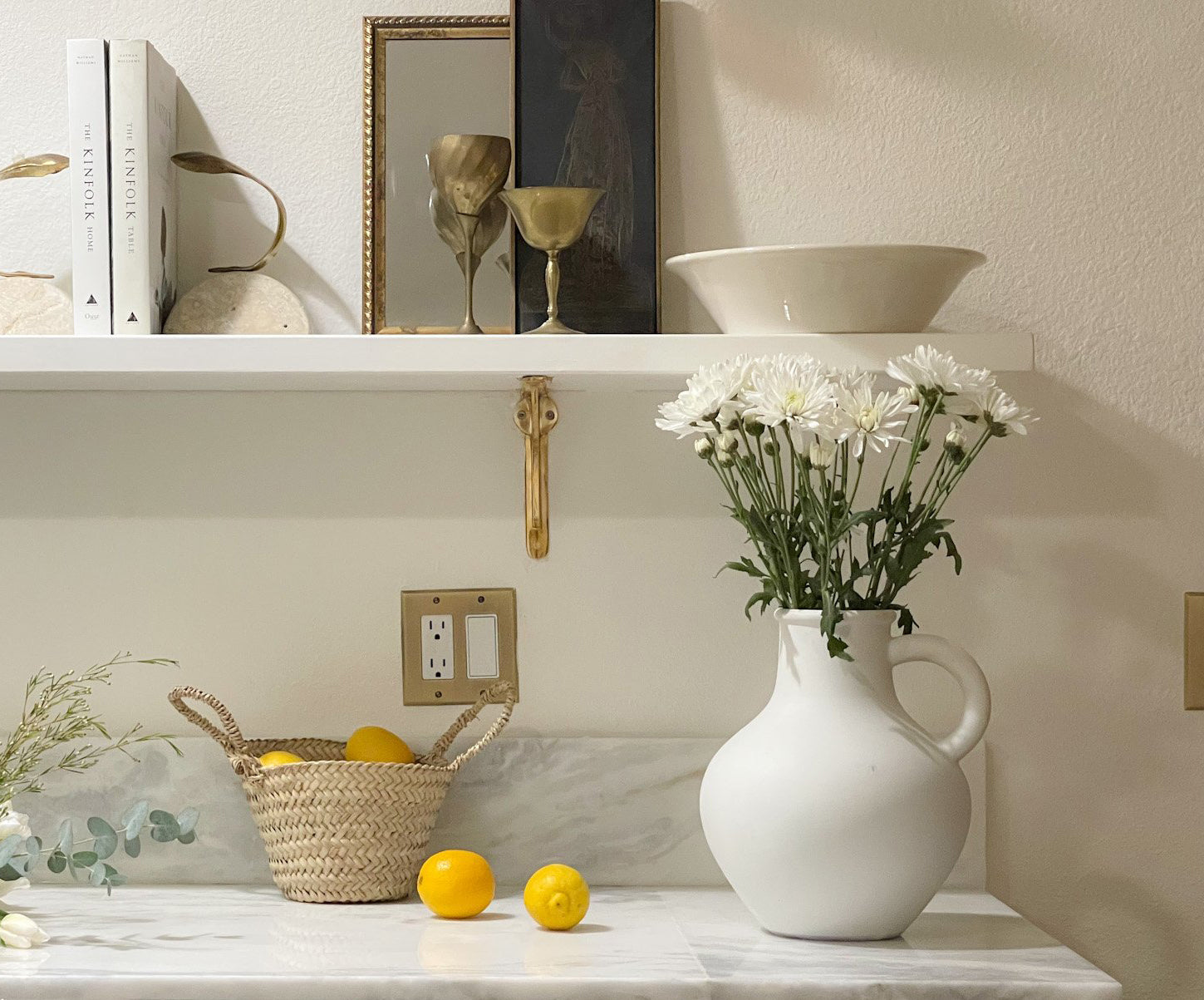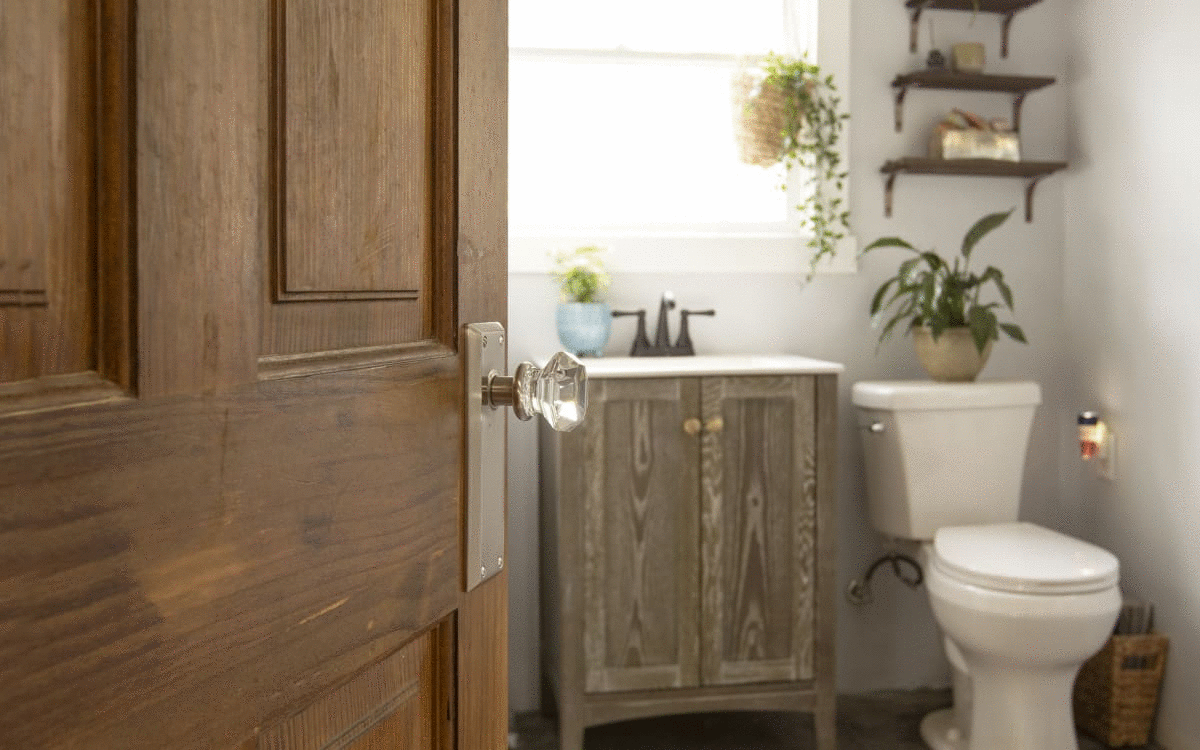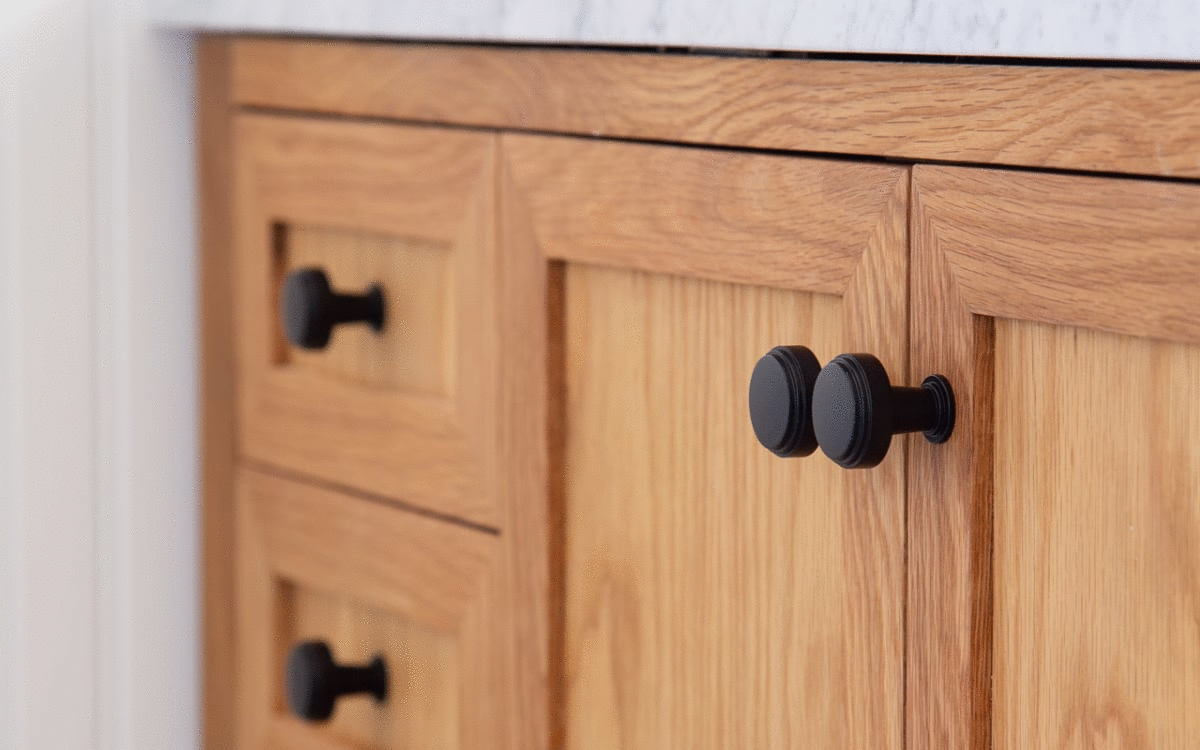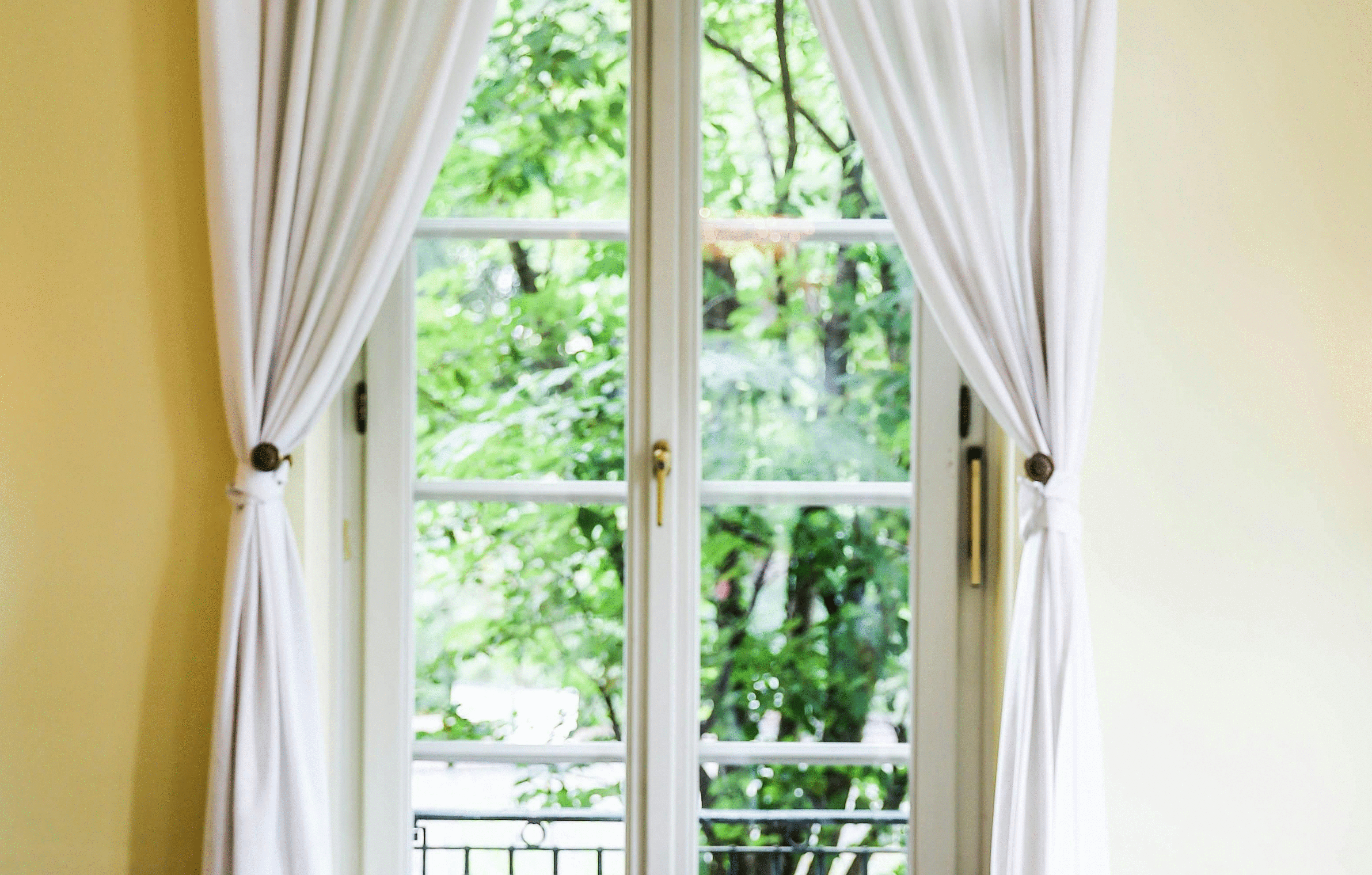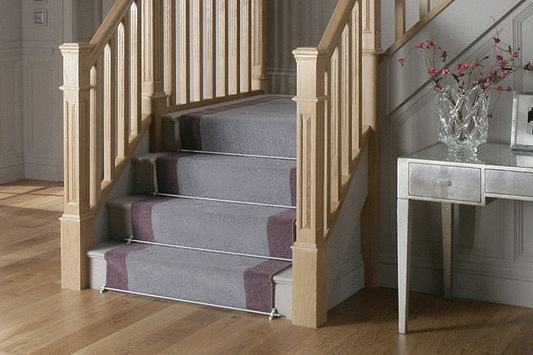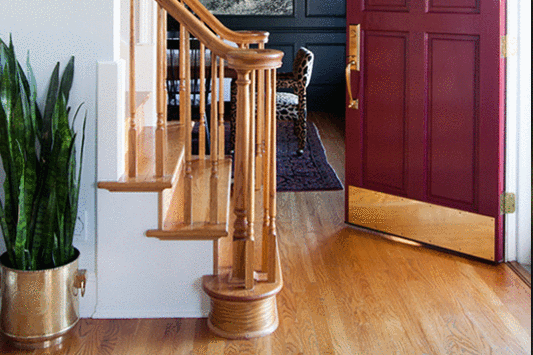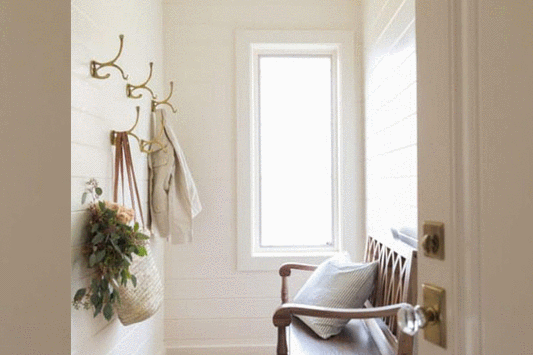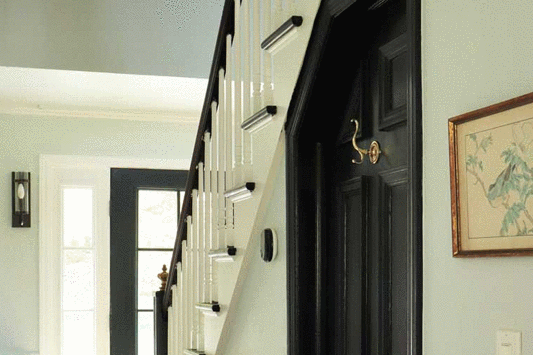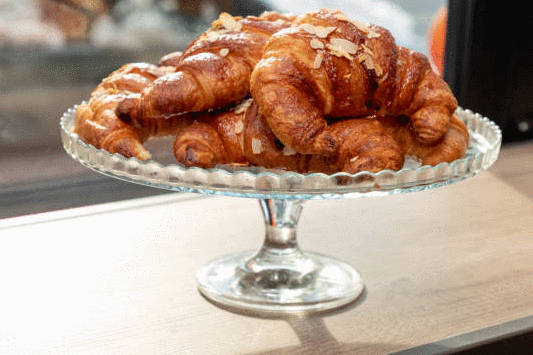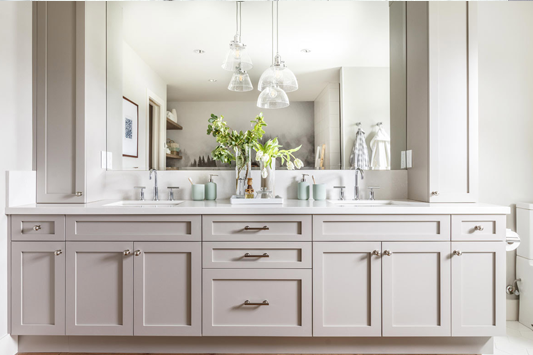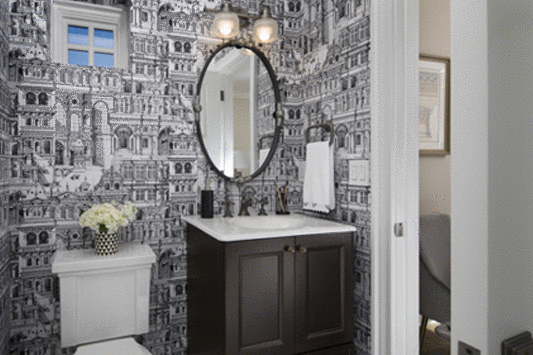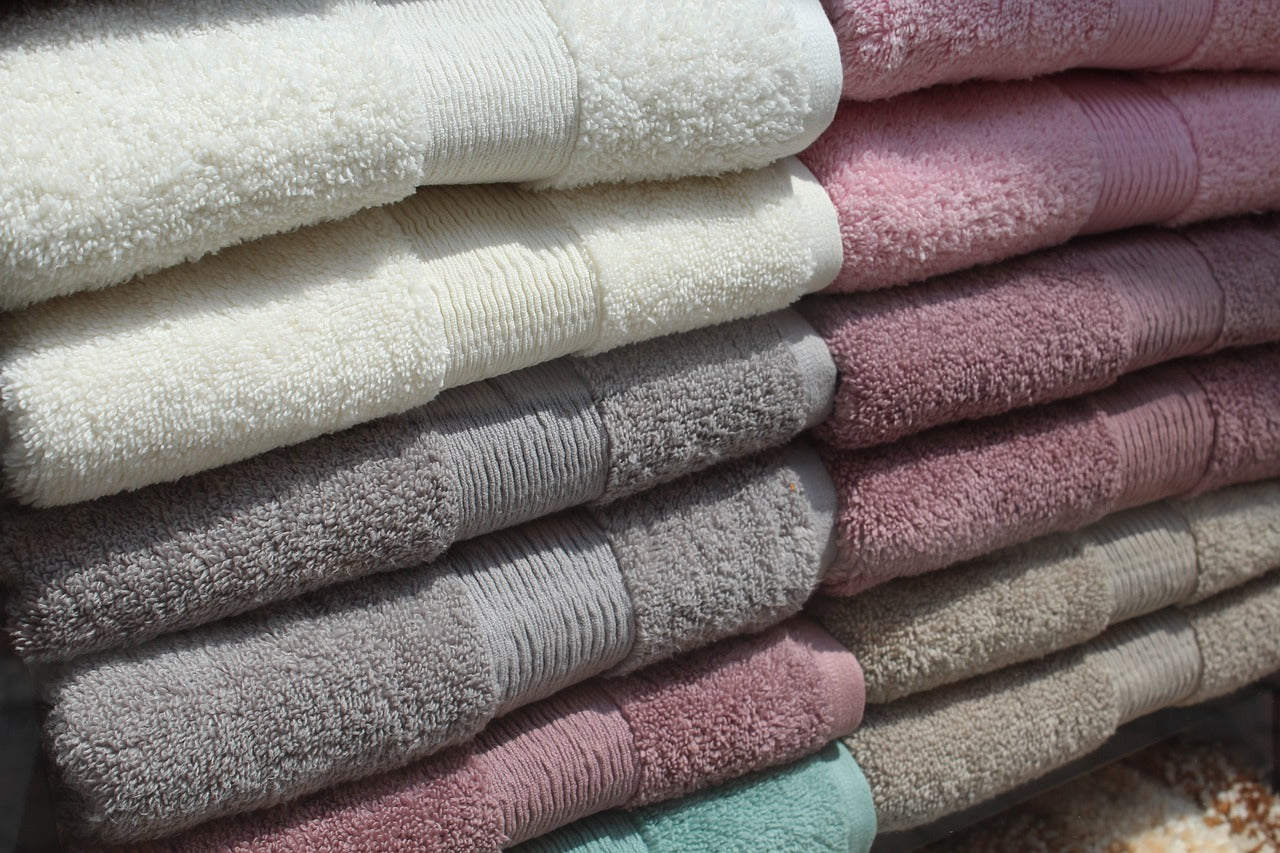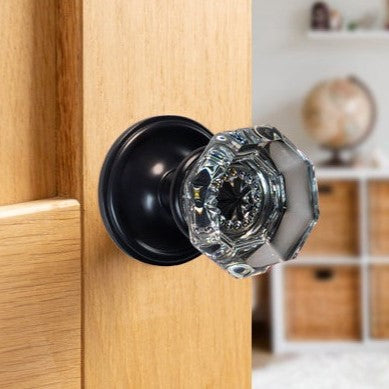Federal Style Furniture

Federal Furniture & Hardware Serves the American Empire Well
Federal style furniture represents a time when America as a nation was in its infancy. Beginning at the end of the American Revolution, the Federal period endured until approximately 1830. During this time, the new Americans began to make furniture that was unique to the country and represented a definitive break from the elaborate European style furniture and the rougher Colonial furniture. The Federal style furniture was the replacement style for American Chippendale.
Federal furniture is usually said to have classic styling, but more in the sense that the style is enduring. The furniture uses many of the best features from well-known designers and blends them together. There are obvious influences from designers like Duncan Phyfe, Hepplewhite, Adam, Sheraton, Louis XIV, and several others. It should not be surprising that European influences are found in Federal furniture, since the country’s founders were from Europe and many of the colonists had family in Europe. It is also not surprising that some of the furniture incorporated hardware like the open bat wing back plate on drawer pulls. The bat wing design looks very much like the American eagle with spread wings.
|
|
|
 |
 |
Practical and Graceful
Federal furniture is quite geometric in design. It is balanced furniture that is designed to serve practical purposes in the American Empire, while also looking graceful. The furniture legs are straight, though many are also tapered. The construction is much lighter than the construction found in European furniture. There are contrasting veneers, inlay, sloping chair arms, and tapestry or damask upholstery fabric found on this furniture style. The finish is usually an oil varnish or paint. Some of the original furniture was also done in gold leaf.
|
|
|
|
 |
 |
 |
The classic motifs did continue some of the motifs from the styles preceding the Federal period. For example, many of the pieces have the Acanthus leaf, shell or pineapple. However, the Federal furniture also uses motifs that represent the United States, like the Eagle and star.
Ornamentation on Federal style furniture is usually fairly simple. It really looks simple when compared to the elaborate designs of Queen Anne, Georgian or Jacobean furniture styles. Federal furniture typically does not have elaborate carvings. Ornamentation was more basic and included features like reeding, fluting or stenciling. Veneers were used in interesting ways. For example, banding involved using thing strips of contrasting veneer to create edging. Marquetry was another decorative technique using veneers. In marquetry, various combinations of veneers are used to form patterns or pictures.
The young United States had plenty of native woods that could be used in furniture. These woods included cherry, maple, black walnut, fruitwood and maple. Veneers were made out of rosewood and satinwood. Contrasting light and dark wood was used to make beautiful inlay designs.
|
|
|
|
 |
 |
 |
Classic Means Enduring
The hardware used on Federal furniture was almost always brass. How much brass is found on any particular piece of furniture depends on the designer. Charles Honore Lannuier used more brass than Duncan Phyfe. Furniture hardware included brass knobs, oval back plates with conforming bails, and rectangular back plates with bails. You can even use crystal knobs on the Federal furniture also. In fact, since the Federal furniture incorporates a variety of styles, you can use pulls and knobs from several different furniture styles. Hepplewhite pulls, Sheraton knobs and Empire knobs look wonderful on Federal furniture.
|
|
|
|
 |
 |
 |
Reproduction Federal style furniture is still sold and still popular. Many of its features are incorporated in modern furniture styles too. That is not surprising considering the classic styling of Federal furniture. When furniture is called classic, it means the furniture styling is enduring.


